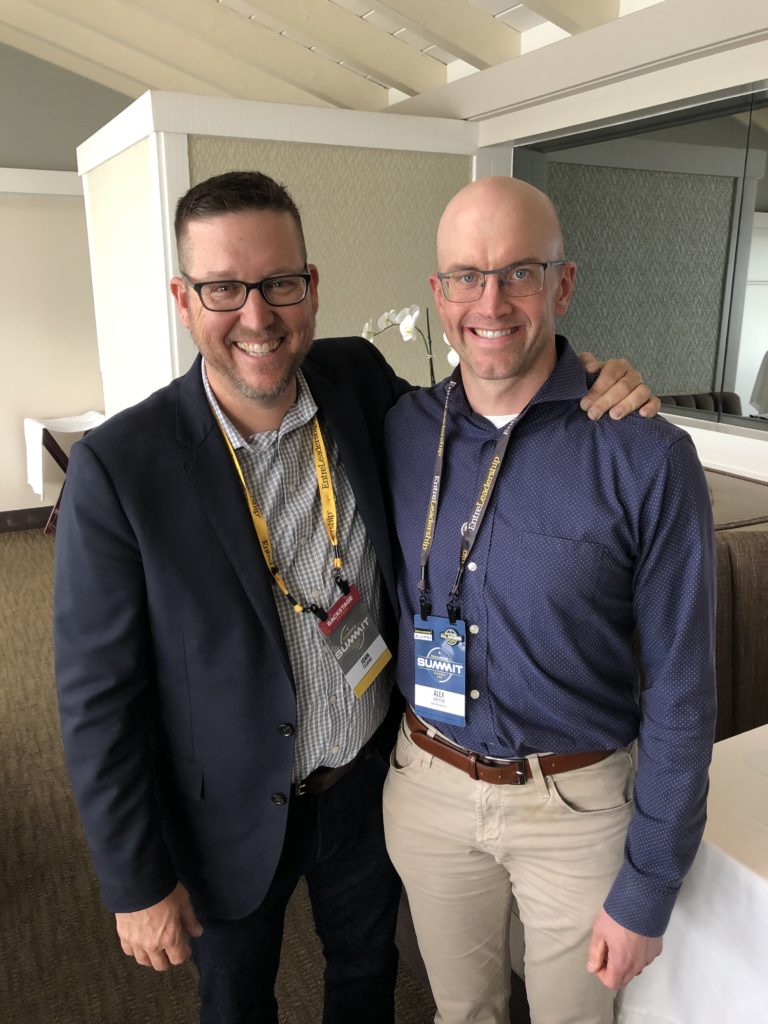The problem with the world is me.
I suppose you are, too, but I cannot change you. Adding more words to the seemingly growing divisions, problems, and injustices of the world also has limited impact. Besides, it does not change me, the problem.
I have found myself lamenting more frequently lately.
Is this world going down the drain? Is our country headed down an irreversible path of self-destruction? Will my kids, and yours, have a country worth living in when they are my age?
I don’t know.
It just hurts.
And yet, I am the problem.
I can’t imagine getting that call. I fear getting that call. The one that says your loved one is gone. Another shooting, another accident, another tragedy. And yet I turn past the headlines when it is just a normal weekend in Chicago, jettisoning real life for the sports section, hoping for a diversion.
I am the problem.
Life is busy, life is fast. Emails to answer, and calls to make. Better check those texts and reply to those likes. How superficial this has all become? Posting cute pictures, fun experiences, and “look at me” hustling updates. I hope you “like” so I feel liked.
Do I feel liked?
I am the problem.
I write these words in the sky. Headphones on, to-dos in mind, and executing-in-motion. Never stop, rarely rest. No wonder I am tired. Do I even notice the guy next to me? Do I know his name, or anything about him? Do I even care?
I am the problem.
I see passengers, feel them bump me and hit me with their stuff. We all have so much stuff! I see their frowns, their anxious gazes. How do I present myself, I wonder? How many of them notice me? Do I really notice them, or do I simply judge?
I am the problem.
I turn on TV, or read online. Noise, noise, NOISE! They’re wrong, they’re right. WE are right, and THEY are wrong. It is nauseating. Is there anything we agree on anymore? Then I remember that I am not above the fray. I have contributed to this mess.
I am the problem.
Solutions! Everyone has a solution to the problem. Outlaw this, protect that. If you are not for “this,” whatever “this” is, you are not a real person. People “like us” are about “this” and we include everyone, so long as they are with “us.” For, If our side was in charge, this would not be happening. Again, I am not above the fray here either. On the wrong day I spew cheap solutions to complex problems, admittedly thinking my way is the right way.
I am still the problem.
Tired, worn, and grieving. I grieve for the division. For, the souls that perished last weekend in senseless violence. El Paso, Dayton, Chicago, and too many other places. Names that should not be forgotten, but will soon be to most. I grieve for the lonely. For those that feel like there is no hope, no other option, and no reason to go on. I also grieve for the angry. If you listen deep enough, you can hear a longing for peace echoing over the yelling, shouting, name-calling, and finger-pointing. How do I know?
Because it is in my soul as well.
I am the problem.
You might be wondering what the point of this lament is?
There is a forest preserve not far from our house. It is located off a busy street that goes over a Highway. Cars hurry from one place to the next, seemingly always in a rush. Yet, this forest preserve still waits. It sits. Its trees extend to heights that cover it from the surrounding area. Inside it, one finds flowing streams. There are even a few small water falls where the stream flows down. If you look deep enough, there are also ponds with various sizes of bass and other fish. You can even see a family of deer wondering around if you are quiet enough.
It is heavenly.
The juxtaposition of the highway and forest preserve is the juxtaposition of my soul. The former is all about driving as fast as possible to get from point A to point B. The latter involves slowing down, reflecting, and intentionally observing.
I am the problem, but I follow the Good Shepherd.
He waits at the gate of the forest preserve. “For my yoke is easy and my burden is light,” He says. I am so sad, I say. “I wept,” He says.
Something tells me He is still weeping.
But like the stream’s constant flowing, don’t mistake the gentleness of His Spirit for weakness, lack of care, or power. “I am the good shepherd. The good shepherd lays down his life for his sheep,” He says. “In this world you will have trouble, but take heart, I have overcome this world.”
So while I am the problem, the Good Shepherd is the Hope.
When I reconnect with Him, my life’s circumstances don’t always improve. But I always improve for life’s circumstances.
And I trust his promise that life may not improve anytime soon, but it eventually will.
So my problem might persist for a while longer.
But one day…










